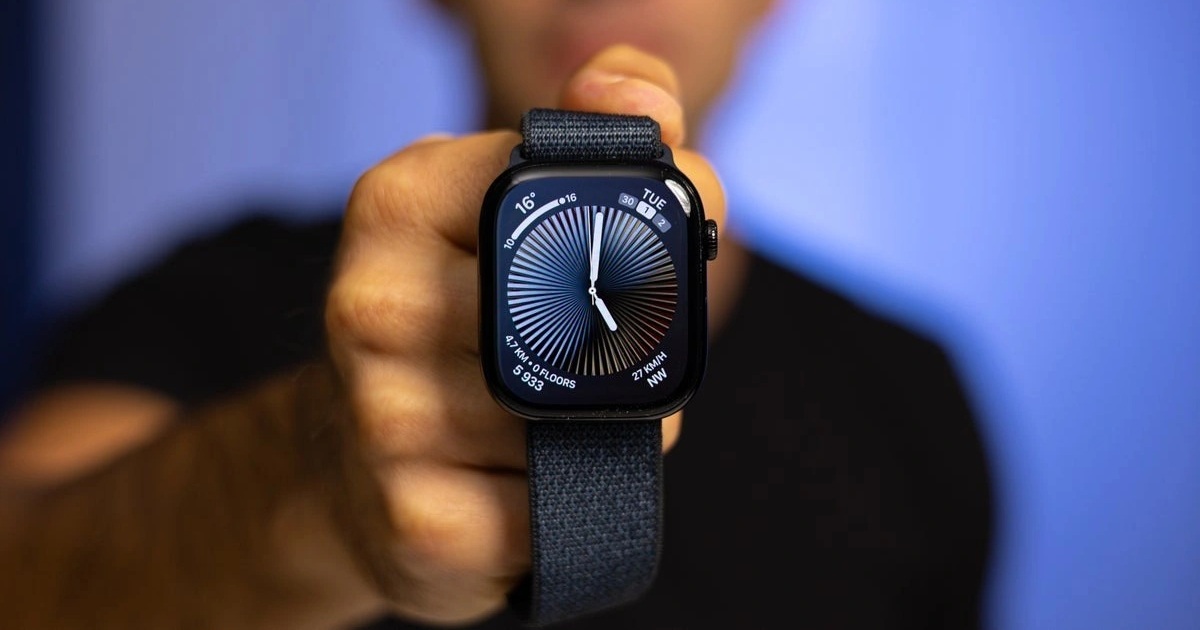The Vietnamese search and rescue team returned home on April 8th, following their successful mission in Myanmar. To better understand the challenges faced by the Vietnamese personnel, we spoke with Colonel Nguyễn Minh Khương, Deputy Director of the Fire Prevention and Control Police Department (Ministry of Public Security), head of the rescue team.
Colonel Khương, what instructions did the Ministry of Public Security provide to the team before departing for Myanmar?
Before the deployment, leadership emphasized the safety of all personnel and adherence to Vietnamese police regulations throughout the mission. The overriding principle was to assist the Myanmar people while upholding the highest standards of humanitarian aid—a principle that resonated well with the international community and local people.
What were the initial difficulties encountered during the mission, and what were the conditions upon arrival?
The team arrived in Yangon at 6 pm on March 30th. The journey to the capital, Naypyidaw, took nearly 9 hours instead of the anticipated 5, due to the challenging road conditions, damaged infrastructure, and numerous checkpoints characteristic of the ongoing conflict.
The team’s 60-ton shipment of equipment didn’t reach its destination until 3 pm on March 31st. Frequent stops at checkpoints required unloading and inspection of cargo, causing significant delays.
The team, despite the late hour and other international rescue teams’ departure, continued their efforts. At 9 pm, the first victim was recovered. Tragically, the victim was already deceased. The team faced further challenges with the complexity of the collapse zone, a level of danger previously avoided by other teams.
What was the most impactful moment during the mission?
The team was deeply affected by the sight of a young child, who had lost a leg in the disaster, clinging to their mother’s body. The team encountered numerous critically injured civilians, including those with traumatic head injuries requiring on-site treatment in precarious conditions.
What was the most challenging site the Vietnamese team encountered?
The final site, Jade City hotel in Pokebathiri, presented significant challenges. The nine-story building’s first floor had completely collapsed, and the upper floors were precariously balanced above. The team had to navigate through the rubble to access trapped victims, and also had to secure the site against further collapse.
How did the dogs contribute to the rescue effort?
The team utilized two highly trained dogs, Bin and King, to aid in locating trapped victims. Their ability to locate and pinpoint the location of survivors was instrumental in saving lives.
What lessons did the team learn from the Myanmar mission?
The experience provided valuable on-the-ground lessons and enhanced the skills of the team members. The experience also fostered unity and mutual respect among rescue teams and local communities. The mission underscored the importance of preparedness for future disasters and the crucial role played by international cooperation in times of crisis.



